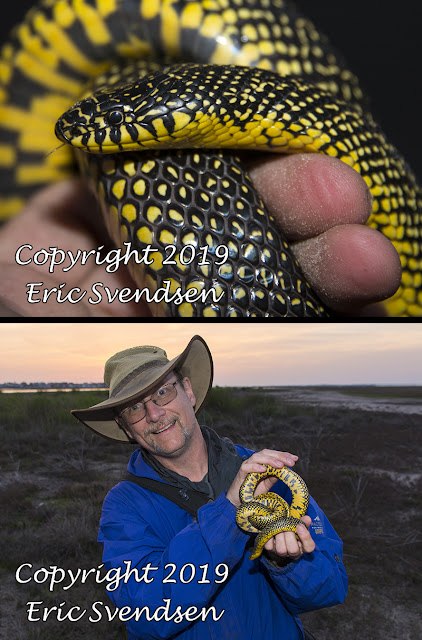Common garter snake - the Puget Sound garter snake subspecies.

Puget Sound garter snake Everyone knows what a garter snake looks like, right? It turns out that there are many different species of garter snake, and then there are subspecies on top of that. For example, here in British Columbia, there are three distinct species of garter snakes. There is the western terrestrial garter snake, the northwestern garter snake, and the common garter snake. I have caught each of them but sometimes have felt like there were more than just three species. That is because, within a species, there may be two or more subspecies. A subspecies is a group of individuals belonging to a population, which is geographically isolated from other populations of the same species. There typically are many differences between the different groups though. Different subspecies may be able to interbreed if given the opportunity and produce viable offspring that are not sterile. Genetically they are very close, but it is their...
